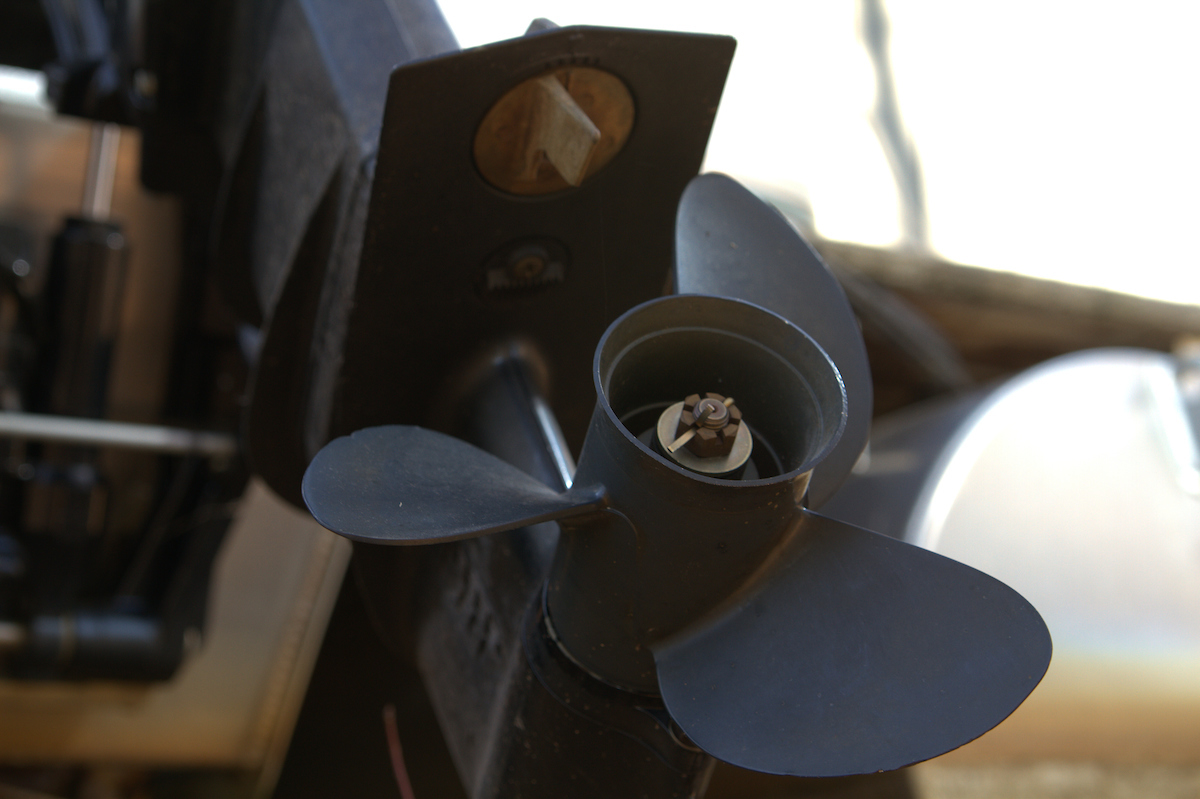Service Marine Lower Units to Prevent Water Damage Preventing rust and other water-related problems in marine lower units. Most other Marine Gear Oils fail to make the grade. We learn more on that from our own customers when they make the switch. _by David Hilgendorf April 24, 2023 Water and gear lube don’t mix. Unfortunately, […]
You are browsing archives for
Tag: 75W-90
How Often Should I Change Front or Rear ...
When to change differential fluids John Baker|Nov 08, 2017 10:09 AM It depends on your vehicle, driving conditions and differential fluid quality. That’s a pretty vague answer, but it’s true. If you drive your truck primarily on the highway in temperate conditions and rarely tow or haul, you likely don’t need to change front […]

